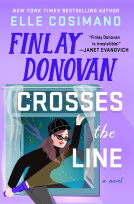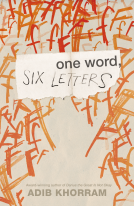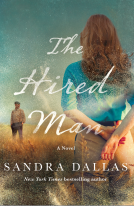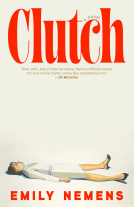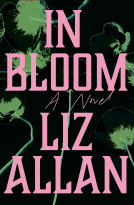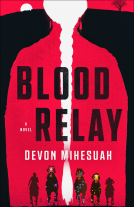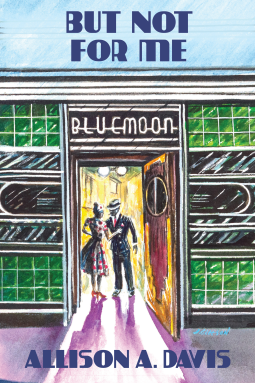
But Not for Me
by Allison A. Davis
This title was previously available on NetGalley and is now archived.
Send NetGalley books directly to your Kindle or Kindle app
1
To read on a Kindle or Kindle app, please add kindle@netgalley.com as an approved email address to receive files in your Amazon account. Click here for step-by-step instructions.
2
Also find your Kindle email address within your Amazon account, and enter it here.
Pub Date Sep 17 2024 | Archive Date Feb 26 2025
Talking about this book? Use #ButNotforMe #NetGalley. More hashtag tips!
Description
1958 San Francisco: Beatniks, Eisenhower, Fillmore District jazz and Major League baseball. As Mayor George Christopher fights an influx of organized crime and redevelopment begins to transform the city, racial and political tensions rise when a Black real estate magnate is murdered.
Kay Schiffner is a practicing lawyer by day, during a time when women were rarely hired as lawyers, and at night, secretly follows her passion for playing jazz at the Blue Moon in San Francisco’s Fillmore District, a neighborhood where good white women weren’t supposed to go.
Leitisha Boone is the Fillmore District’s only Black female club owner, having started her career in her father’s barbecue joint. She’s not about to give up her successful and elegant Blue Moon when threatened by redevelopment and betrayed by men who don’t believe women should run a business, even when threats turn deadly.
When Leitisha is arrested for murder, Kay’s search for the truth leads her from city politics to the mafia, Beatnik poets to union graft. As pressure mounts from her boss, the police force, and organized crime, Kay must make an impossible choice—to save her hard-won job as a lawyer or to risk her own life and livelihood to try and save the friend and her club that gave her music.
But Not for Me is more than a crime story with a murder to solve. Told through the experiences of two women, the story explores the dark side of gentrification in one of America’s most colorful cities.
Advance Praise
A stellar debut! Expertly plotted and exquisitely paced, But Not for Me is a compelling crime novel, a nuanced character study, and a poignant commentary on 1950s San Francisco. Kay Schiffner and Thursday Zimpel are characters worth rooting for, and the San Francisco setting is as beautifully drawn as a perfect sunset over the Golden Gate Bridge. Highly recommended.
-Sheldon Siegel, New York Times Bestselling Author of the Mike Daley/Rosie Fernandez novels
Available Editions
| EDITION | Ebook |
| ISBN | 9781952427626 |
| PRICE | $7.99 (USD) |
Links
Available on NetGalley
Average rating from 57 members
Readers who liked this book also liked:
Elle Cosimano
General Fiction (Adult), Mystery & Thrillers



